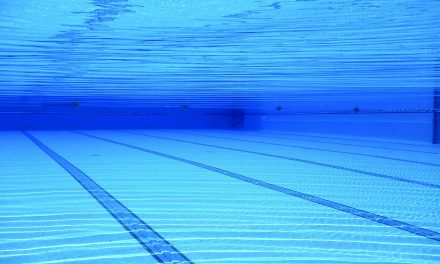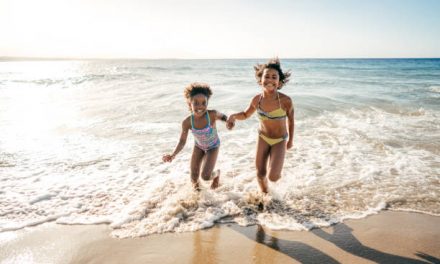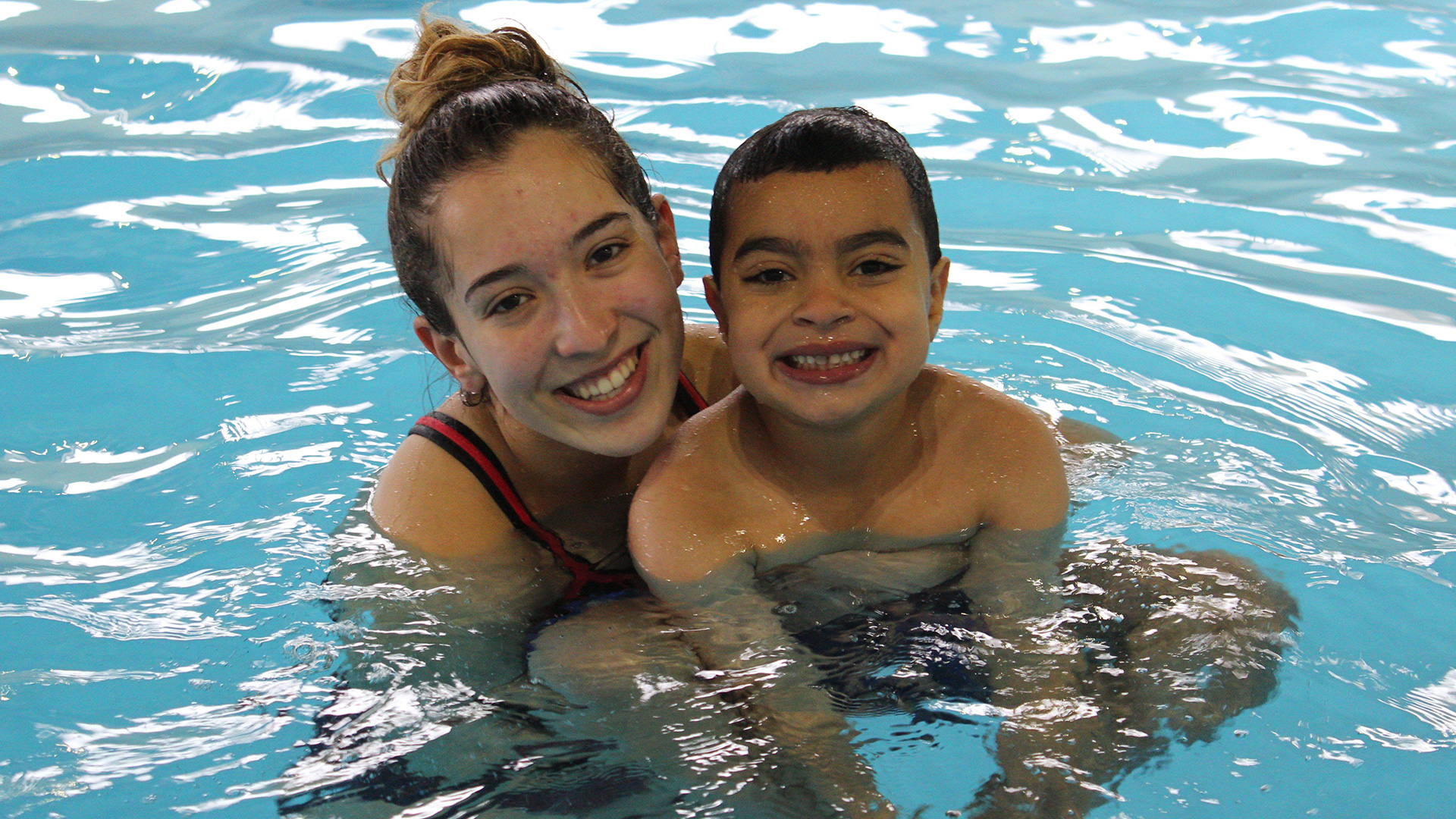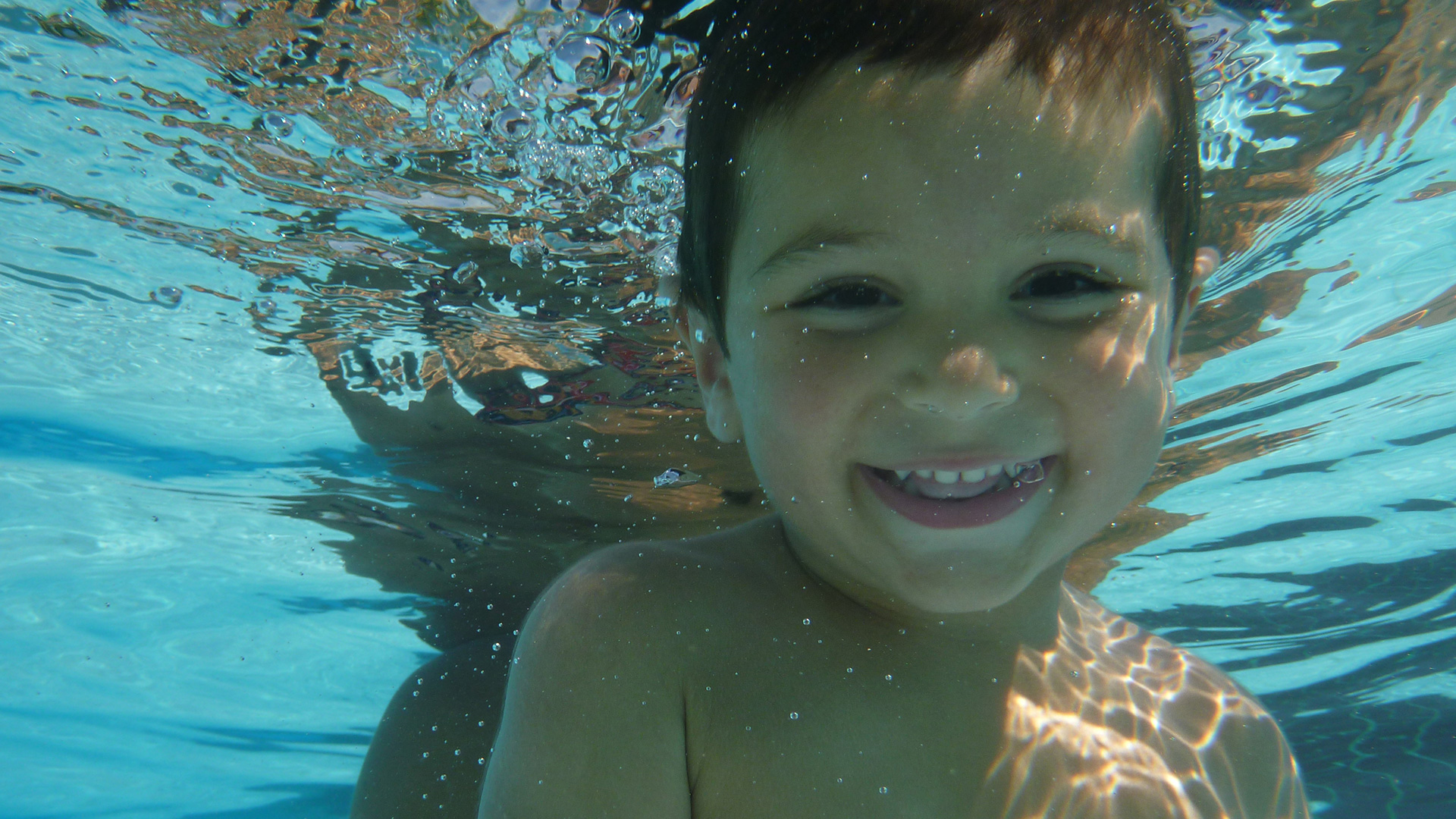With summer on the horizon, it’s time to have a serious discussion about backyard pool safety. If you have a backyard pool, or regular use someone else’s, you need to stop what you’re doing and give this article your complete focus for the next 3 minutes.
First the facts:
- Drowning remains the primary cause for preventable drowning deaths amongst children 5 years and younger.
- The majority of these drowning deaths occur in summer in residential swimming pools.
- Despite new government regulations and awareness campaigns, the number of children drowning deaths is not decreasing as it should
We must do more. We must talk and educate. I love using the concept behind raising awareness for mental health: their campaign is “let’s talk”. Create discussion. Stimulate the discussion. Challenge the norms. Only by getting more people involved and educated, can we continue to take steps in the right direction.
So I urge you and call on you to read, share, discuss, and take actions.
In order to simplify and make it easy to remember, let’s revisit our ABC’s of Backyard Pool Safety:
- A- Always Watch your Kids
- B- Be Able to Swim
- C- Checklist for Backyard Pools
Always Watch your Kids. Some parents think adequate supervision is sitting poolside playing on your phone while kids are swimming. This is not sufficient. Drownings have occurred under the circumstances before, with parents on guardians right there on site. Active supervision is what’s required. That means, phones put away, eyes on your kids at all times. Better yet, get in the pool. At what age and under what circumstances should kids be allowed to swim unsupervised? We have an awesome article right here addressing exactly that. Remember drowning is a silent killer that can occur in as little as 15-20 seconds. Running inside to grab a snack, change a load of laundry, or answer the phone is all the time it takes for a catastrophe to occur. It is not worth it. Put it this way: if you leave your kids unsupervised, assume they will start drowning the second you turn your back or look away.
Be Able To Swim. What does it mean to be able to swim? While this article again goes into more detail, in a nutshell kids are considered capable swimmers when they can fall 1- swim 100m non-stop and unassisted (no swim aids); 2- tread water and keep their head up for 60 seconds; 3- fall into deep water, recover and get back to the side; and 4- do all 3 of the previous items consecutively. At what age can kids start learning these skills? 3 months, so don’t wait, sign up your kids for swim lessons as soon as they arrive in this world. Private swim programs have evolved tremendously in response to the increased drownings of past years, so do not wait until your kids are older. The sooner you start, the sooner your kids will have the skills necessary to save themselves.
Checklist for Backyard Pools. Let’s use the Quebec provincial guidelines as an example here. Here are the key requirements:
- your pool must have a 1.2m permanent fence on all sides (hedges/bushes do not count)
- your pool must have a self-closing, self-latching gate
- there must be no obstacles or equipment around the fence which a child can use to climb over the fence
Make you pool a fortress. Plain and simple. Though this particular regulation only applies to post July-2010 constructions, and more is needed to address pre-2010 constructions, it is definitely a step in the right direction. Lots of parents cringe at the thought of the significant expenses requires to secure their backyard pool. But it is worth every penny, because you simply cannot put a price on the life of a child.
Always watch your kids like a hawk. Make sure your kids can swim. and if you have a backyard pool go GameOfThrones on it and make it an impenetrable fortress.
Safe swimming everyone!












